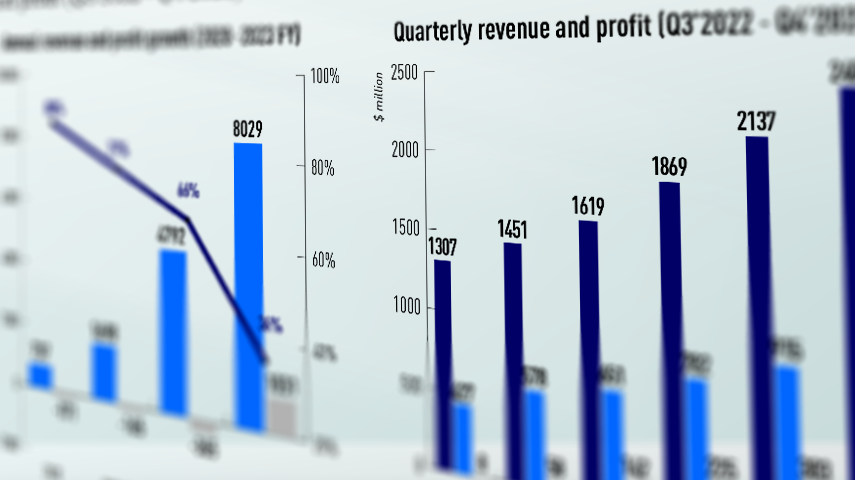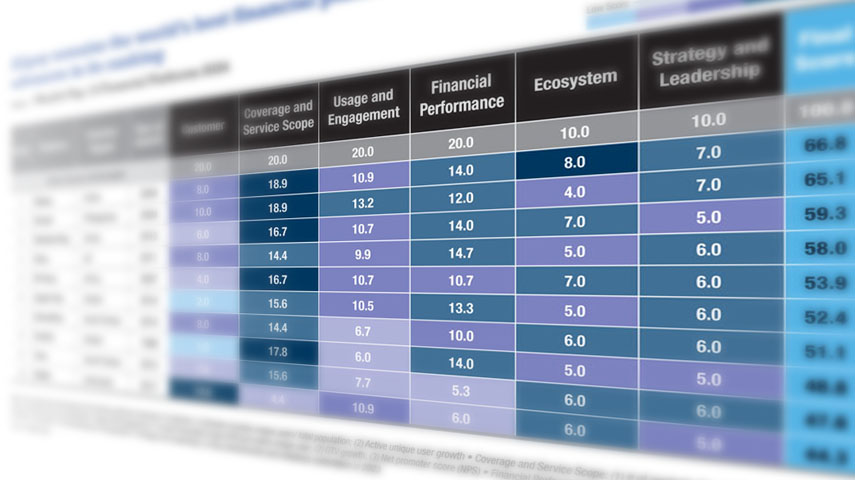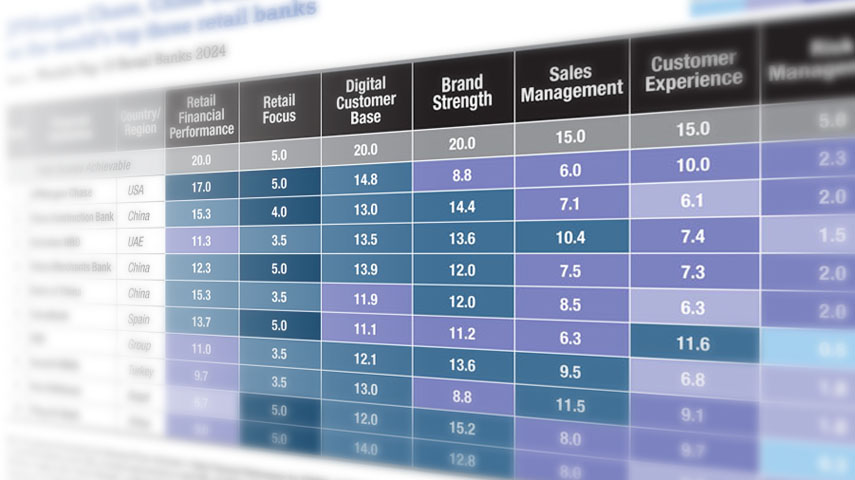Artificial intelligence (AI) and machine learning (ML) applications in financial institutions have centred around four focus areas – precision marketing, customer service, fraud control and operational efficiency.
The leading banks in APAC have prioritised ML in selected areas. Firstly, APAC banks are using AI for targeted marketing, to offer more relevant products. Secondly, they leverage AI for external fraud management such as real time monitoring, predicting threats and strengthening risk management. It is also being used for faster and stronger digital lending and credit risk management.
.webp)
Higher operational efficiency and cost reduction has been a key motivation for use of AI with chatbots among the first use case. Many banks have also invested in robotic process automation (RPA), with leading banks having over thousand RPAs.
FIs will now need to focus on expanding the scale of AI. For instance, a large bank in Asia has expanded to over 400 models through comprehensive AI lifecycle development that entails data management, training models, efficiency through MLOps and AIOps and scale AI across use cases.
Most banks have yet to truly harness the potential of AI, in development as well as deployment across processes. Emerging Generative AI (GenAI) developments demonstrate its potential in automating data extraction, research, generating content and improving communication. ChatGPT garnered 100 million users in just two months, democratising the use of AI.
Banks race to harness the emerging developments in Gen AI
GenAI can be used to summarise information, research, accelerate reports, advance virtual assistants, personalised recommendations and service, code assistance, fraud prevention among others. Fresh avenues are emerging for creating multi-modal customer communications and experience. Higher efficiency through synthetic training data, pattern identifications and automated decisions. Most banks also fail to optimise insights from unstructured data in their analytics, on average banks use 80% structured data in their analytics. Advancement in Gen AI will allow banks to expand use of this unstructured data.
Currently, chatbots and voice bots still struggle with intent and contextual recognition and the ability to personalise experience. Large language models (LLM) offer better contextual understanding and set new standards that greatly surpass those of traditional models.
Leading banks rapidly explore how to incorporate these across their internal and external communication and processes.
For instance, OCBC announced that is using GenAI chatbot powered by ChatGPT’s LLM for 30,000 employees to assist with writing, research and ideation. It also deployed GenAI productivity tools to develop code, summarise documents, transcribe calls and create an internal knowledge base, boosting productivity.
J.P. Morgan Chase is also developing a ChatGPT-like service ‘IndexGPT’ that will rely on AI to help customers to select investments.
Commonwealth Bank of Australia is conducting a preliminary study to examine how GenAI chatbots could emulate the behaviours of customers and used as experimentation tool for the bank to test, expand and improve its products.
In addition, banks will need to plan to scale AI. LLM models can be repurposed for different tasks instead of having to build a dedicated AI model for every task. GenAI is also better at zero-shot learning, wherein it can solve a problem without being required to specifically trained for each problem. In addition, the industry is exploring low code environments to use AI more efficiently.
However, across all these developments it is important that banks address the issues of explainability, trustworthiness of models and data, inclusion risks, model risks as well as meet the constantly evolving regulations.
For more details, please see APAC Technology Spend and Outlook Report 2023 here.
The report identifies the key emerging trends in financial technology, the banking technology spending pattern in APAC including the current investments, challenges, priorities as well as the evolving future technology roadmap.

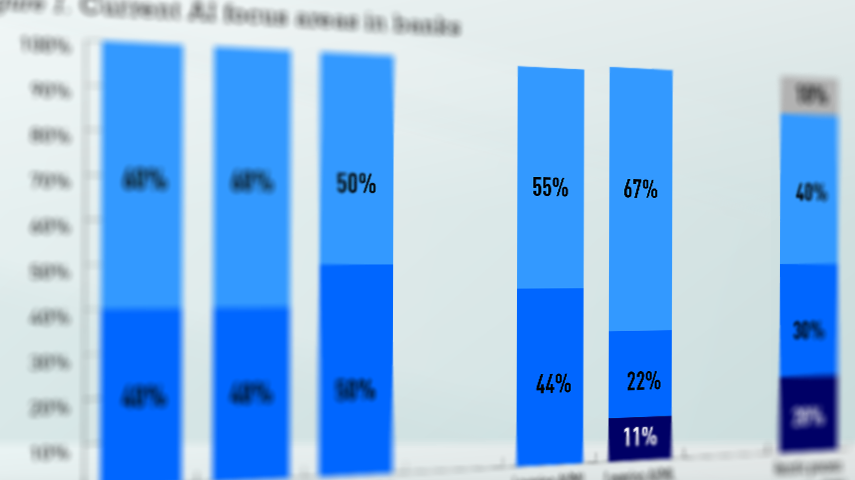

.webp)
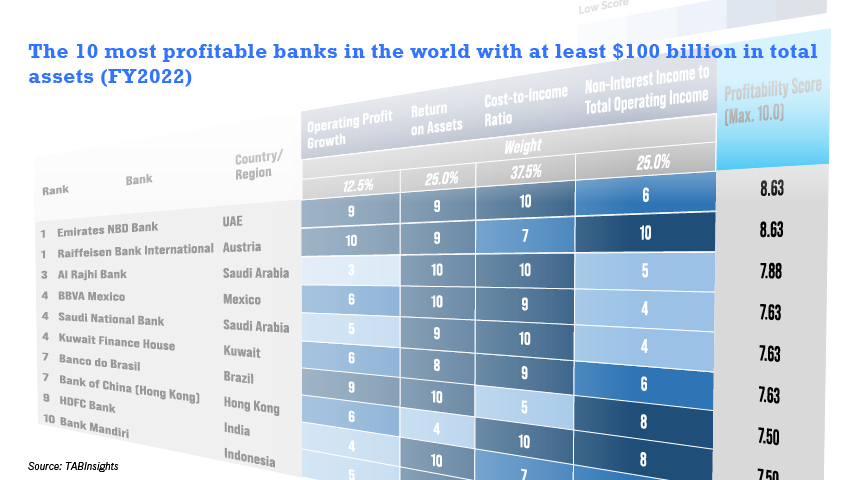
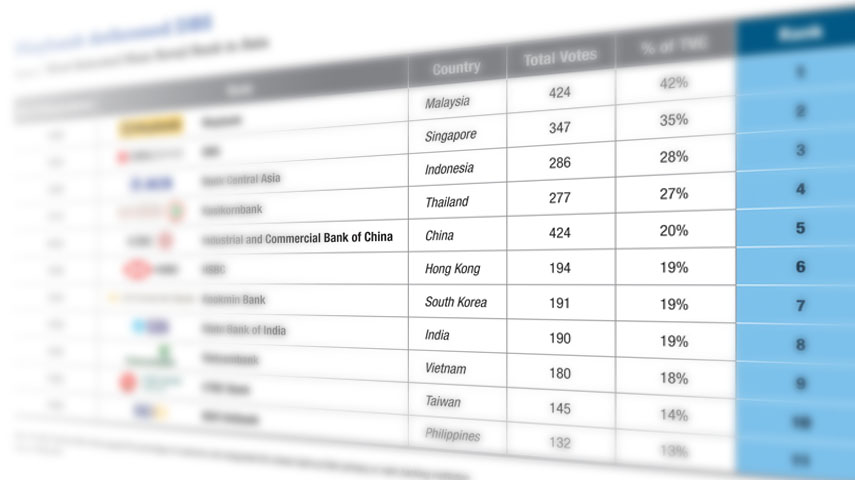
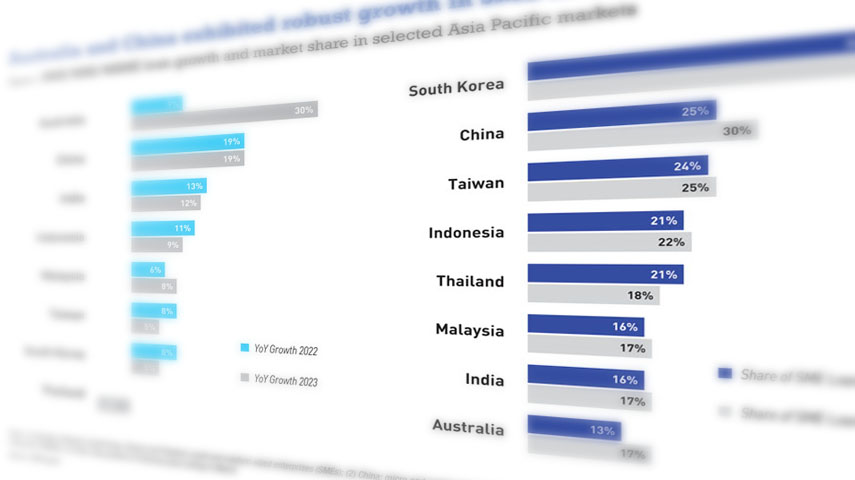
.jpg)

